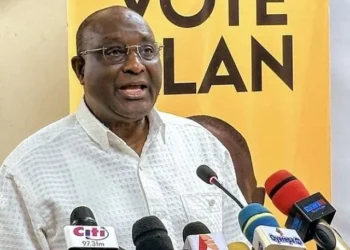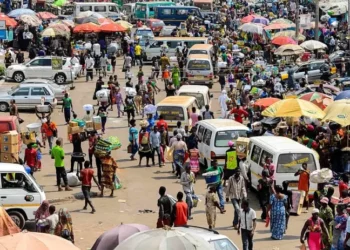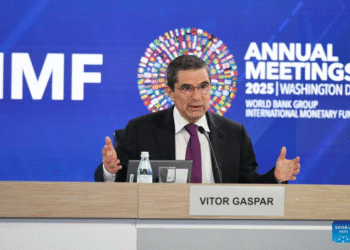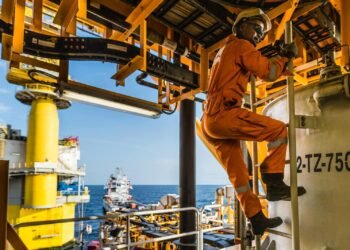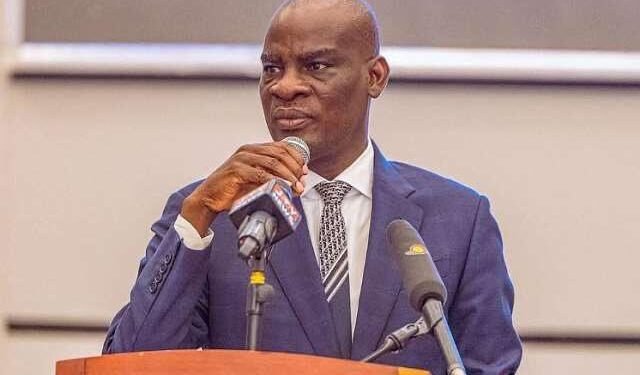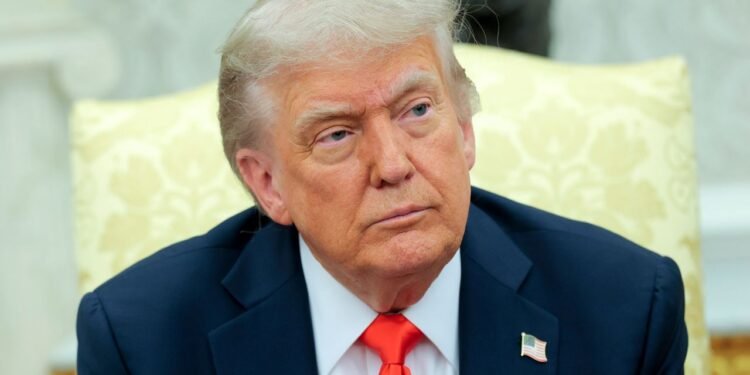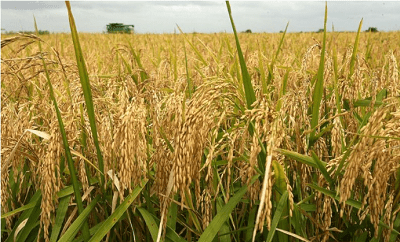Capital Expenditure (CAPEX), expenditure associated with investment or development spending with long-term benefits, constitutes only a small fraction of the government’s expenditure mix over the years, despite some minor improvements in recent years.
According to the Ministry of Finance, the government is planning to spend GH¢11.85 billion on capital expenditure projects in 2022. This projected expenditure on investment-promotion assets, when materialized, will represent only 9.3 percent of the;government’s total planned expenditure of GH¢126.81 billion in the 2022 fiscal year.
Even though this amount maybe small, the government pledges to continue;its investment in critical infrastructure next year and in the medium-term. According to the MoF, the Government of Ghana will provide GH¢4,269,146,409 of the total allocation for CAPEX in 2022. It expects to source the remaining funds of GH¢1,842,861,575 and GH¢7,579,513,744 from the ABFA and DP funds, respectively.

“The policy of Government is to continue investments in the road, rail and other critical infrastructure. DP funds, however, are Programme/project specific”.
Ministry of Finance
Capital expenditure developments
The amount earmarked for capital expenditure projects in 2022 is a little higher than the overall capital;expenditure target of GHȼ11.2 billion for the 2021 fiscal year. More specifically, about GH¢0.65 billion increase over the previous year’s target.
Planned capital expenditure for the 2022 fiscal year as a percentage of total planned;expenditure, is however, lower than the amount spent in 2020. According to the 2020 Bank of Ghana Annual report, Capital Expenditure constituted 12.5 percent;of the total Government Expenditure of GH¢96.4 billion in 2020. This implies that 87.5 percent of Total Payments in 2020 was recurrent, which may;not have any direct impact on future investment projects in the country.
In the first half (H1) of 2021, government’s capital expenditure amounted to GHȼ 6.87 billion;against a programmed target of GHȼ 5.36 billion. This means that the government spent 28.2% more than the earlier projections, according;to estimates in the 2021 Mid-Year Budget Review. Whilst it is welcoming that the government went a step further to spend more on this crucial expenditure component, the total allocation still needs improvement.
This is especially so because of the government’s planned expenditure of GH¢126.81 billion in 2022, GH¢34.64 billion is expected to be used as employee compensation. And this represents 27.3 percent of the total expenditure.
Other expenditure components
Still on government planned expenditure next year, a total amount of GH¢5.23 billion is available for Goods and Services. The Ministry of Finance highlighted that “government continues to prioritize the Education, health, social protection programs and other critical services for 2022”.
A host of studies provide evidence that Capital expenditure, which leads to the creation of assets, are long-term in nature and allow the economy to generate revenue for many years. This is because it helps to improve production facilities and therefore, boosts operational efficiency. It also increases labour participation and raises the capacity of the economy to produce more in future.
There are also arguments that along with the creation of assets, repayment of loan is also capital expenditure, as it reduces liability.
Whilst it is a fact that government’s resources are limited, especially in the era of COVID-19, government must do all it can, to allocate more funds to capital expenditure projects that holds future benefits to the state. Even though the benefits may not be seen now, it will likely spark the growth and transformation that the country seeks in the medium-term. Spending on capital expenditure like the construction of hospitals, just like Agenda 111, will also help minimize the impact of future health-related shocks on the Ghanaian economy.
READ ALSO: It’s Important to Educate Workers on How Pension Works – NPRA




